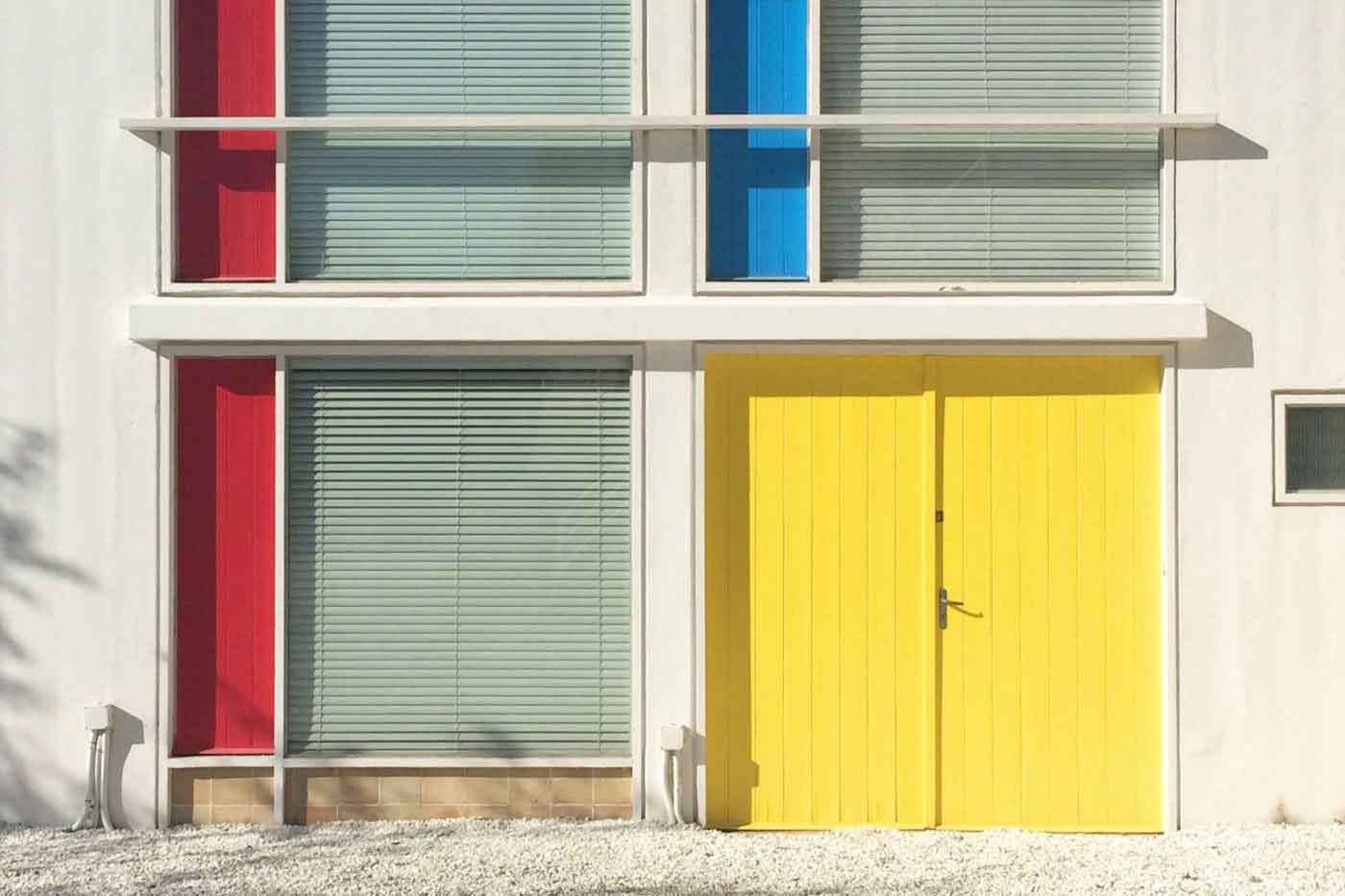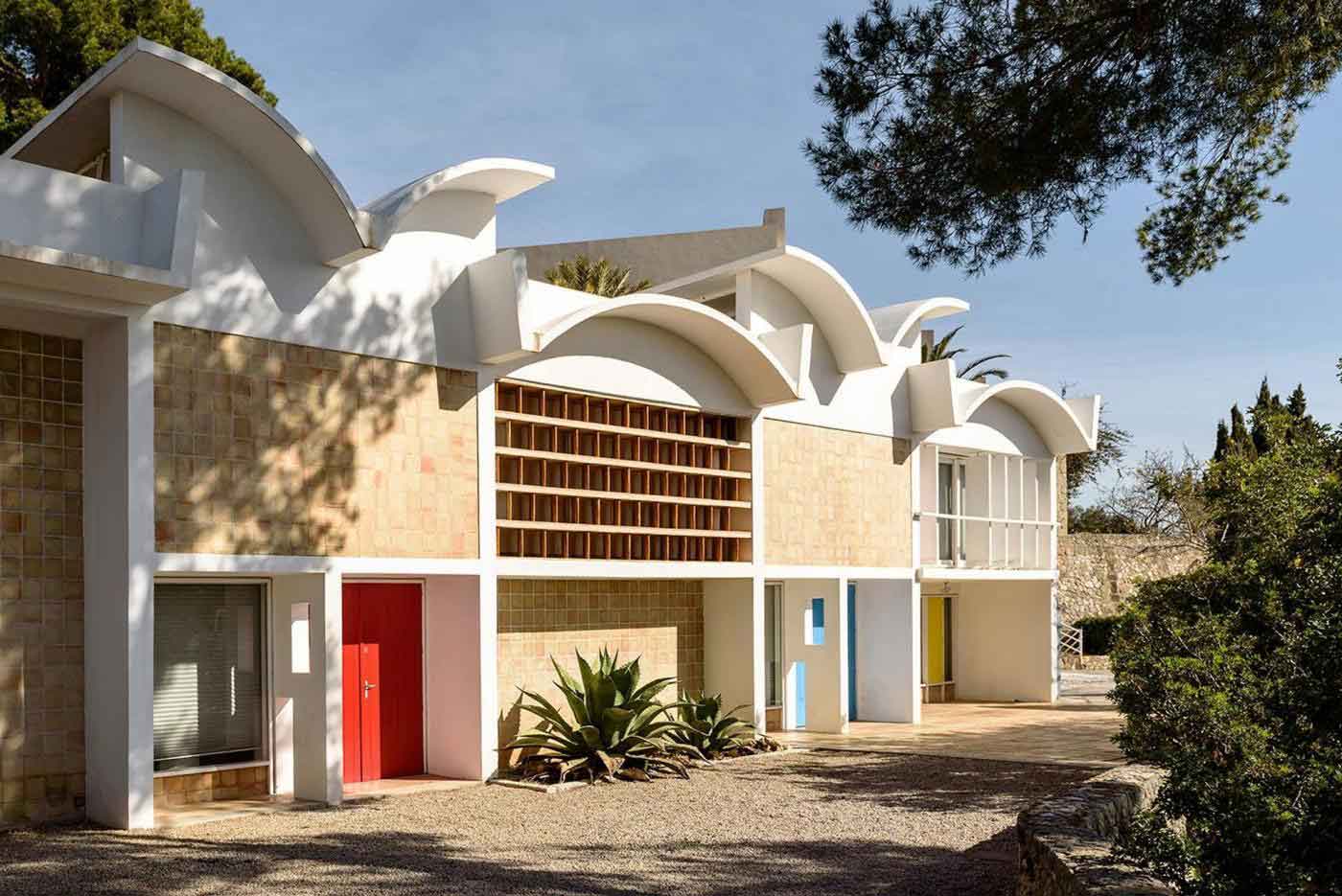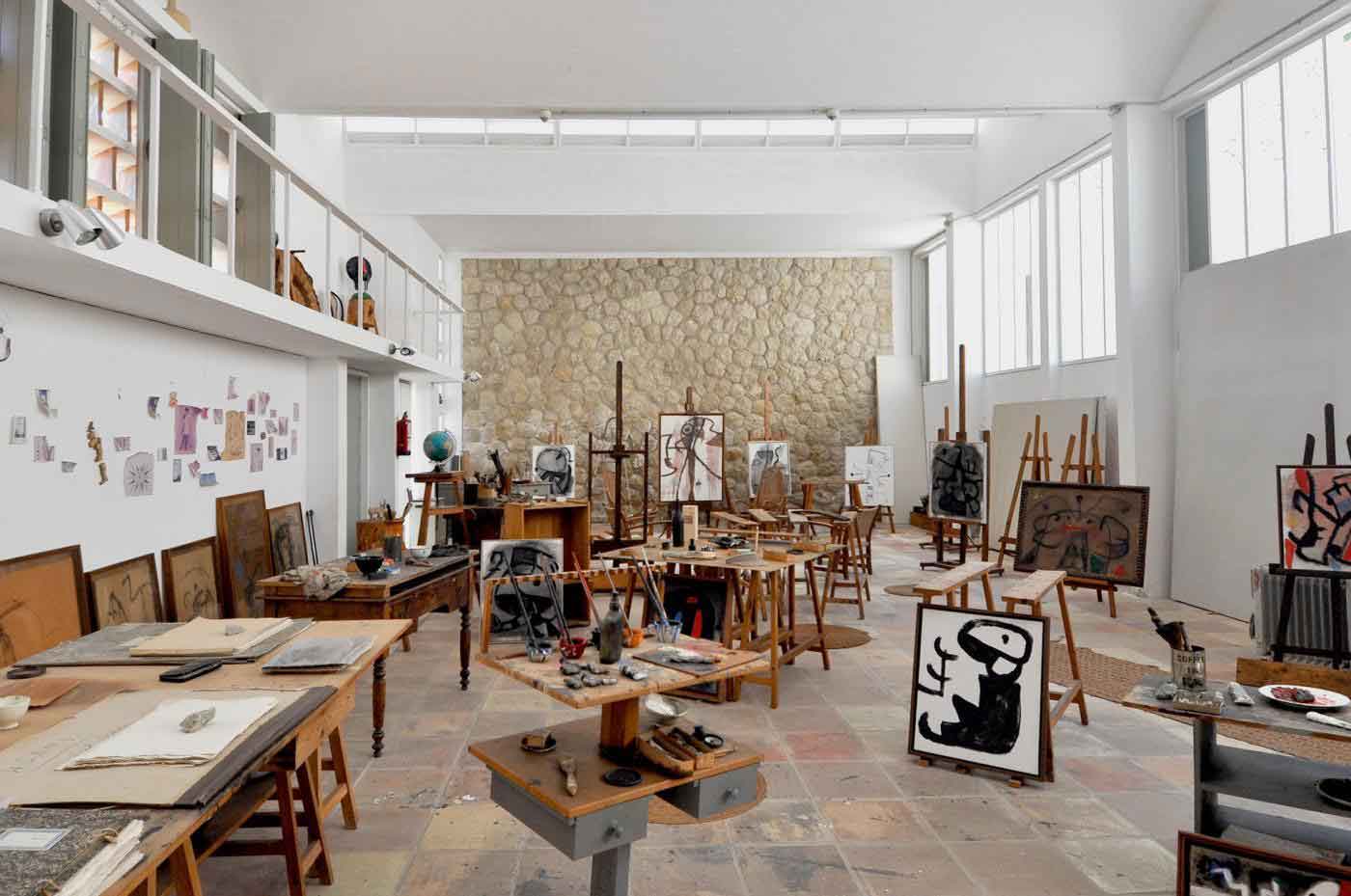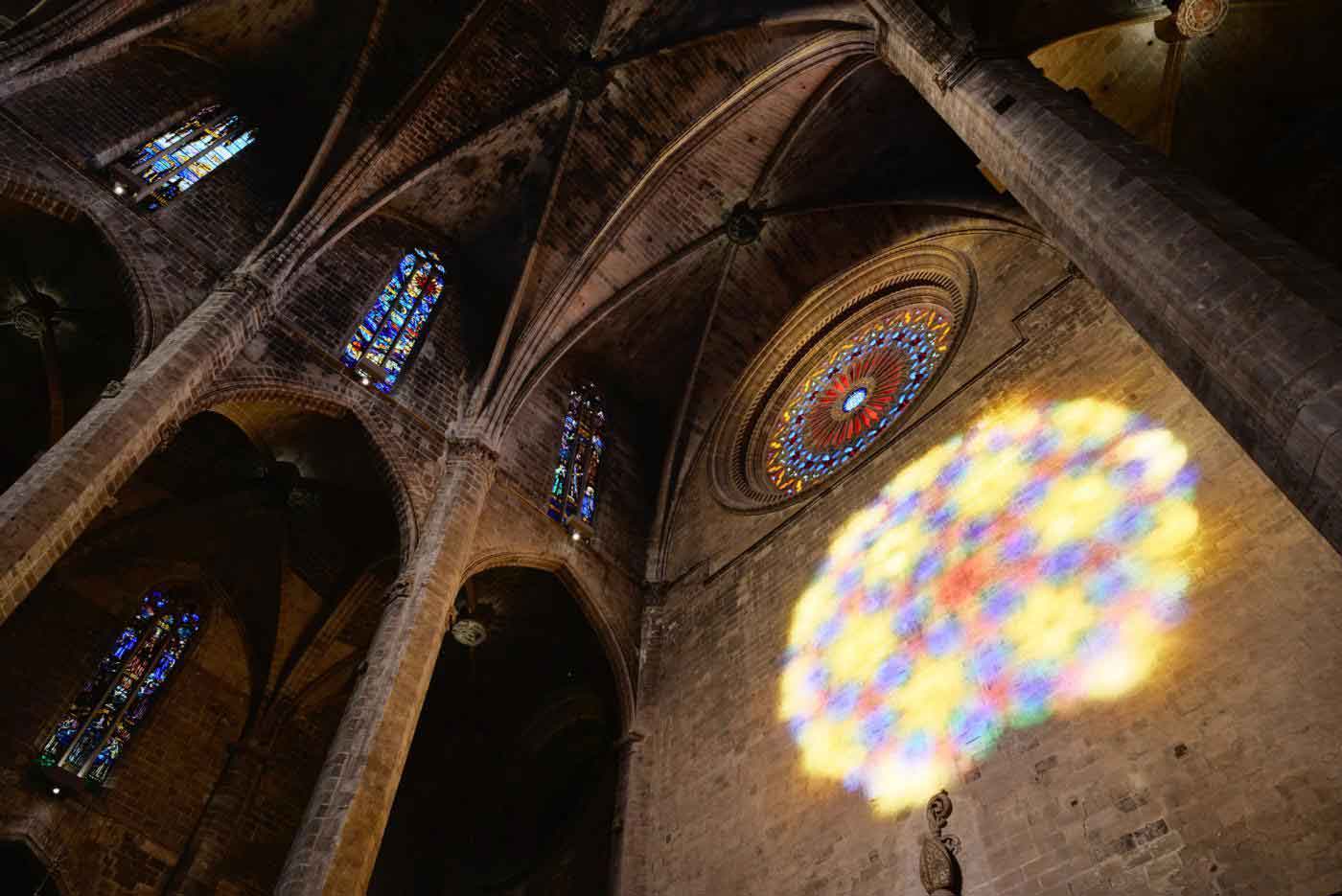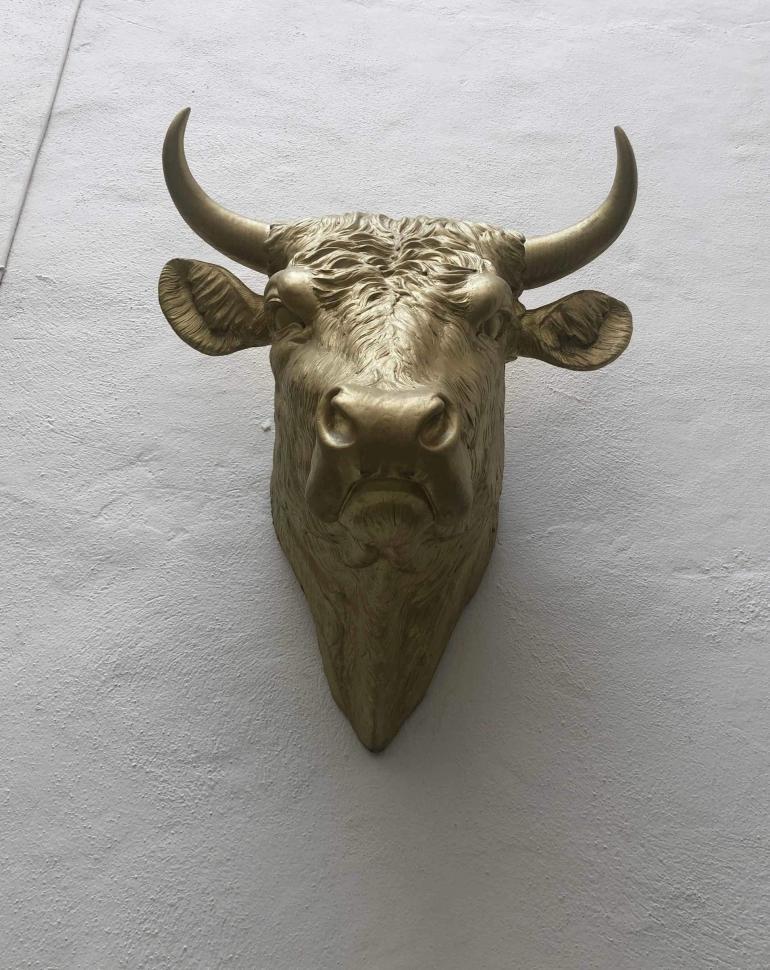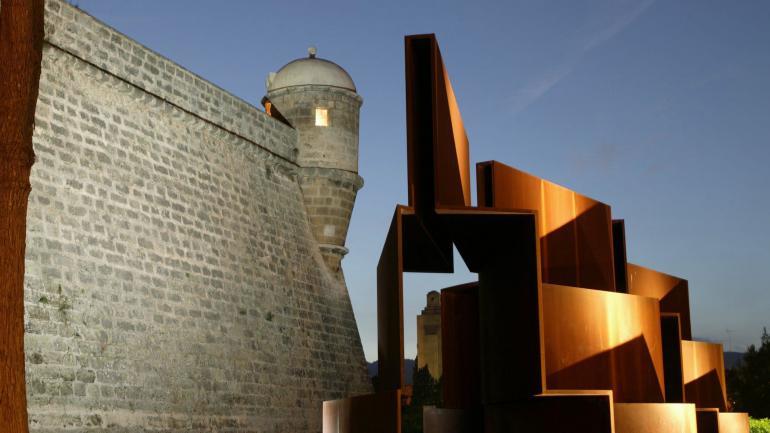As we walk through the cobbled streets of the Old Town to our next stop, Nicole encourages me to look up at the town-houses that the merchants and noblemen built, so I can check out the detailed carvings in the roofs, which were intended as not-so-subtle tasters of the opulence that lay behind the otherwise modest exteriors.
But the attention-grabber without equal on Mallorca was prominent entrepreneur Juan March Ordinas. A local lad, he kicked off his notoriety by – among other underground and perhaps unsavoury activities – smuggling tobacco into Spain from Africa and amassed a fortune doing so. The Spanish nobility, in their snobbery, snubbed him from high society, even though at the time he was the world’s sixth wealthiest man (in fact, until recently his family remained the richest in all of Spain, just beaten to the post by the Ortega family, whose assets include fashion superbrand Zara).
So, what did March do next? He bought the most prominent piece of land, smack-bang in the middle of Palma’s Old Town, and with no expense spared built an opulent, eye-catchingly pink Mediterranean villa. Today, it’s the museum of the Juan March Foundation and it’s magnificent both inside and out. In March’s honour, his son Bartolomé filled it to the brim with the family’s private art collection, so much so that it spills outside, where works by Henry Moore, Barbara Hepworth, Auguste Rodin, Max Bill and many others are on show. Inside the foundation, Pablo Picasso, Salvador Dalí and a rather weird and expansive display of 18th-century Belén Napolitano figures hold court.
After marvelling at March’s legacy, it’s hard to imagine there being another impressive collection of great works in the city. But the Es Baluard Museu d’Art Modern i Contemporani proves me wrong. Just a short walk away, in the 16th-century bastion of Sant Pere, the Baluard is a collection as fantastic as the space it’s exhibited in, celebrating artists and works from, made in or about the Balearic Islands. It’s just turned 15 and I’m not surprised by its success – it would be easy to spend an entire day here.
When I express how amazed I am by the amount of culture there is in such a small city, Nicole tells me that there are more modern and contemporary art galleries per square metre here than in any other European city. To prove her point, we head off into the heart of the Old Town, stopping off at ABA ART LAB, where twin sisters Maribel and Alejandra are also celebrating 15 years as cultural entrepreneurs. What started as a small contemporary-art gallery has turned – a decade and a half later – into a global, site-specific art production company.
We head down Carrer de Can Verí, where Nicole points out the iconic Galería Pelaires and the huddle of other gallery spaces around it – La Caja Blanca and Galeria K among them. We check out the Gerhardt Braun Gallery in Carrer de Sant Feliu and, still on the same street, see where art spills into interior design at Rialto Living and Kyra Interior.
On a sliding scale from notorious to start-up, art seems to be everywhere in Palma. But it doesn’t end here: Nicole tells me that all across the island, in Sóller, Deià, Alcúdia, Alaró and Pollença, world-class modern and contemporary art is celebrated.
So why is there so much art in a tiny city on a small island? And why in this place, of all others, in the middle of the Med?
Palma’s location may have something to do with it. Lying on a route between continents, it was long a melting pot of cultures that made it more open to varying cultural and artistic influences. So many prominent artists have come and revelled in its bohemian spirit, finding inspiration in both the city and the island itself. Miró dwelt on the quality of the light here and the incomparable landscapes and, in his letters home, the composer Chopin wrote of Mallorca: ‘A sky like turquoise, a sea like lapis lazuli, mountains like emerald, air like heaven’.
These ‘celebrities’ of the cultural world must surely have made a lasting impression on the local community. Everywhere you turn, you’re faced with art – from public art on each corner in Palma, to the private collections of the proud proprietors of the booming hotel and restaurant scene.
Other people have told me that they regard the post-Franco generation as the champions of the arts here and that we are now seeing their passion ingrained in society decades later. Like La Movida Madrileña in the country’s capital, there was a similar counter-cultural transition in Mallorca after Franco’s death and a desire to redefine the Balearic identity. The artists that fled the big cities for the villages of Mallorca to escape fascism emerged from hiding and, together, they developed the scene we see today.
A lot to do with it too are those who come here on holiday – especially the rich and famous, who use the Palma of today as a yachting hub. With them comes a market for art that connects creators with appreciators and ultimately collectors. But, despite this, I get the genuine feeling that art here comes from the soul, not the wallet.
Uwern’s art tour was arranged by Castell Son Claret hotel, set in the beautiful Mallorcan countryside in Calvía. The property has a deep passion for art and adorned on its walls are world-class masterpieces by Ramon Canet and Antonio Mare. Agueda Gayá brings the hotel’s connection to art into 3D with her sculptures.
Photography by Pep Escoda, s74, NachoValentia and courtesy of Balearic Agency for Tourism Strategy


